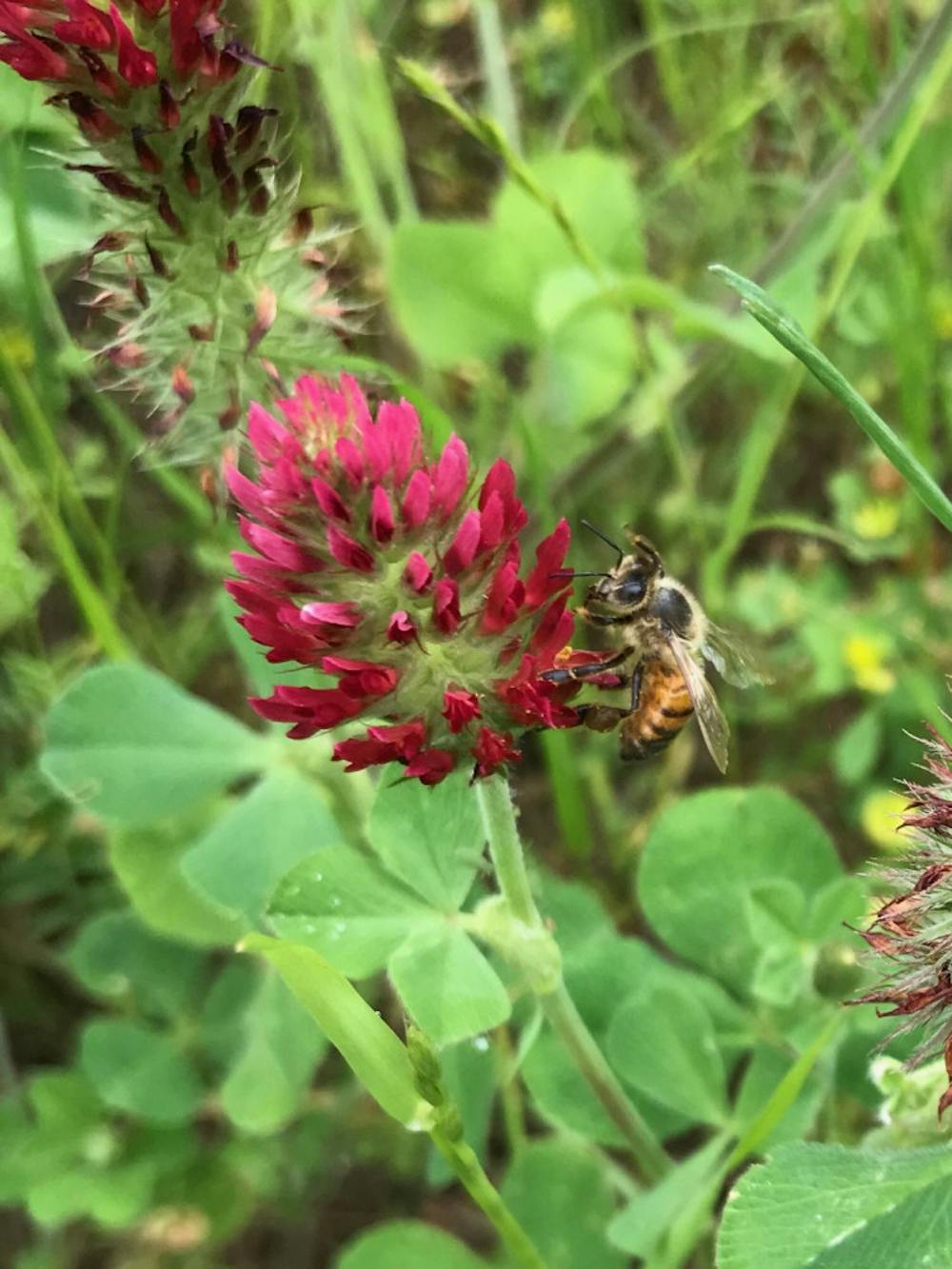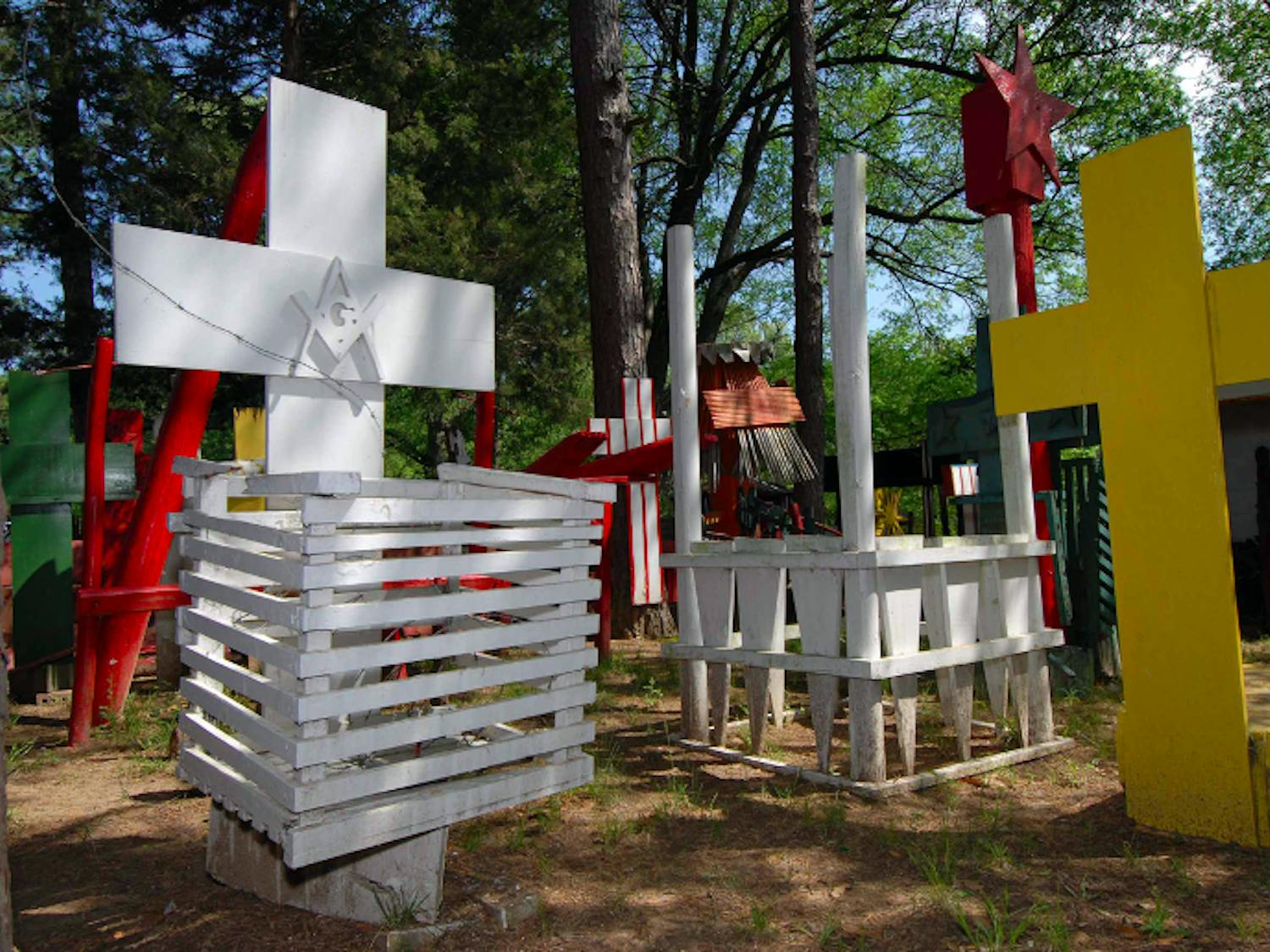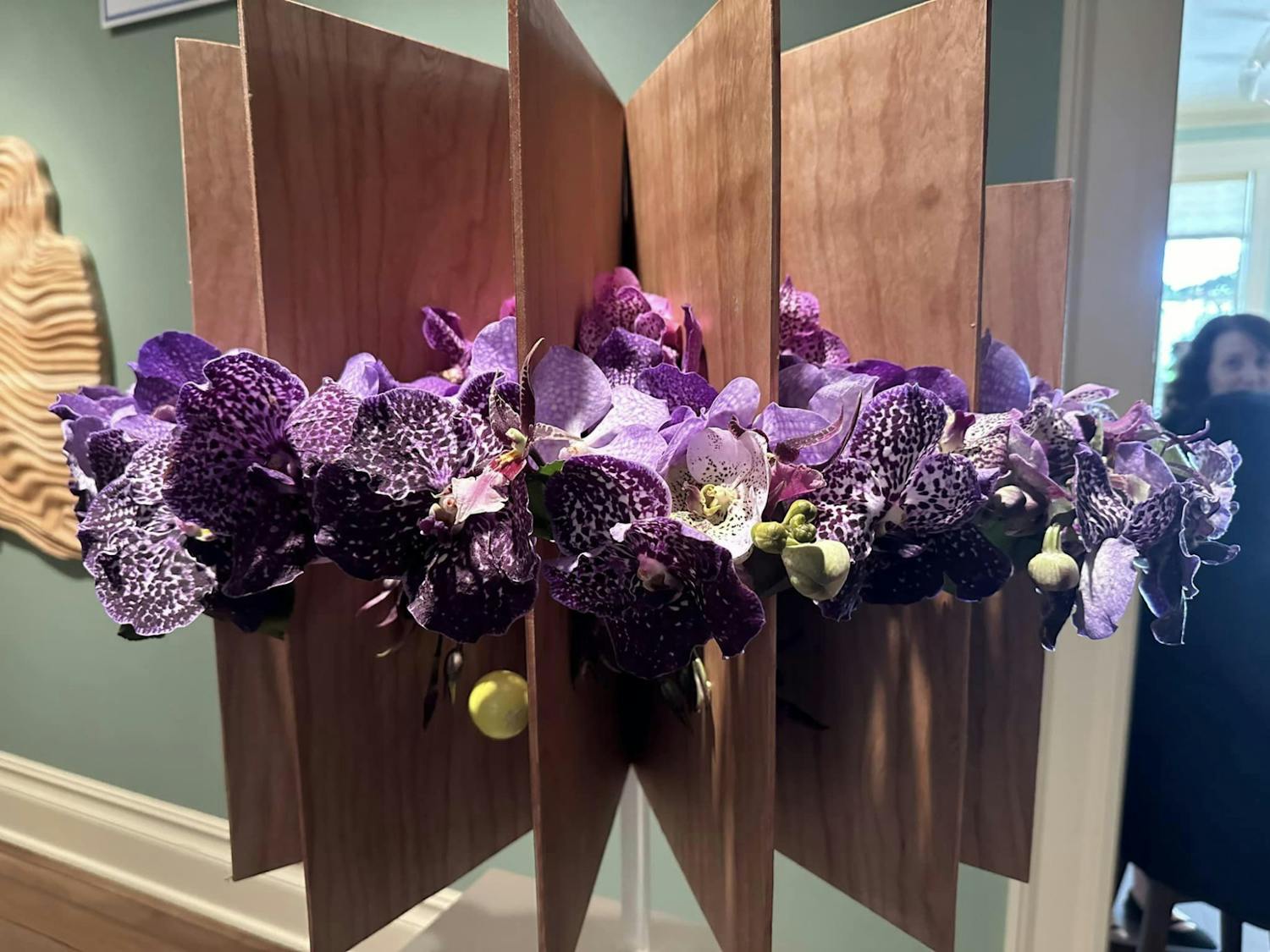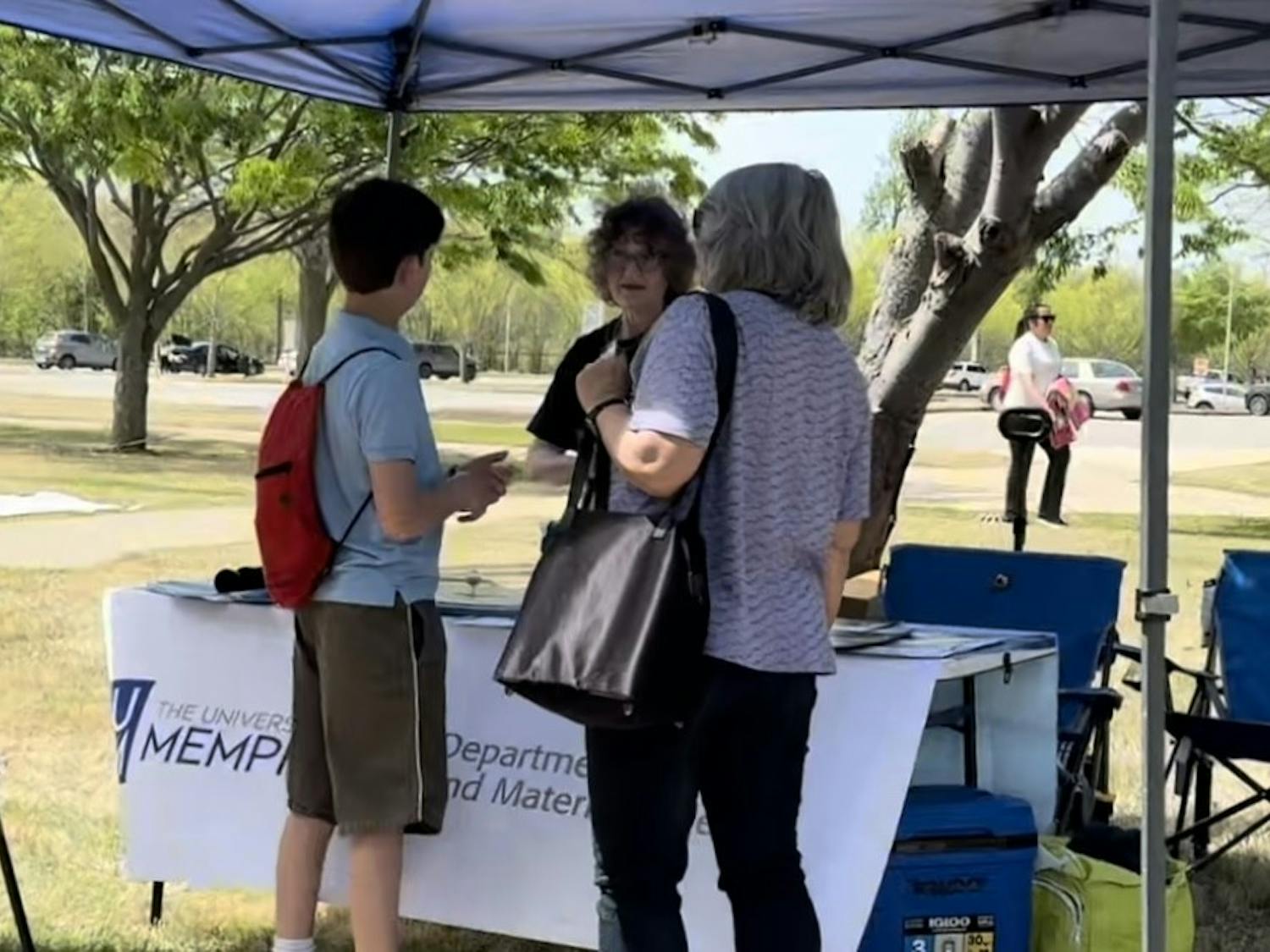In the last decade, the honey bee population has lost their buzz, and beekeepers are trying to keep them stinging. With spring being the prime season for beekeeping, beekeepers become busy splitting hives and maximizing honey production.
Local beekeepers, such as Gary Vande Linde of Collierville, Tennessee, who has about 80,000 bees in his hive, hope to see bee populations return to normal levels after seeing them drop at a drastic rate. Having a better understanding of the pesticides and chemicals used in yards can benefit stabilizing the honey bee population.
“In a season, these bees can collect over 100 pounds of pollen,” Vande Linde said. “Just think about that for a moment. If you like to eat all the vegetables, fruits, nuts, etc., (they all) have their start with a lowly bee crawling across its flower in search of pollen or nectar.”
There has been a major increase in registered beekeepers since 2008, according to a study from the Tennessee Department of Agriculture. Locally, the honey bee population has reportedly seen about 30 percent colony loss during the 2017 year for beekeeping. The study shows the estimated a loss of income due to decline of honey production in 2017 was about $7.8 million.
Bob Whitworth, the current president of the Memphis Area Beekeepers Association, has been beekeeping for 28 years and has used beekeeping as a sideline business for his source of income during retirement. Whitworth is an experienced beekeeper who uses a veil, gloves and a beekeepers jacket. Precautions are necessary, but a common misconception is that honey bees will sting regardless of scenarios.
“It is important to remember that bees are stinging insects that are not capable of becoming pets,” Whitworth said. “Now, there are lots of variation in the degree of irritability between strains or even hives of bees. Bees are of little danger if the normal precautions are taken.”
Whitworth also said MABA should continue to educate people on the importance of honey bees and the value they have to offer.
“Honey production is important but not so much as the pollination,” Whitworth said. “About one-third of our food, or about $18 billion per year nationally, is pollinated by bees, so bees are important for our food crops.”
Stuart Hooser, former president of MABA, said prior to 1990, beekeeping was at a simpler time compared to current day, when bees in the wild are almost non-existent.
“We have two pests causing this problem,” Hooser said. “One is called varrora destructor, which is a mite that was imported in the early ‘90s. The other pest is a small hive beetle.”
Hooser said the varrora destructor takes nutrients from the bees and make them susceptible to viruses.
“This (varrora destructor) population swells with the population of the colony, as a large colony will have about 60,000 bees in midsummer,” Hooser said. “Later on, the mite population overwhelms the colony.”
Hooser also said the hive beetle is threatening to the colonies if they are not strong enough to defer them.
“It looks like a black ladybug but is attracted to a weaker colony and will actually slime a colony,” Hooser said. “A strong colony can control the pest, but a weak one can be overcome by them.”
There are two other main sources harmful to bee colonies, including pesticides and lack of food diversity, Hooser said.
MABA has 25 beehives located at the Agricenter and offers a membership for $15 per year. The association meets on the second Monday of each month at 7 p.m., usually providing guest speakers or presentations on beekeeping.




